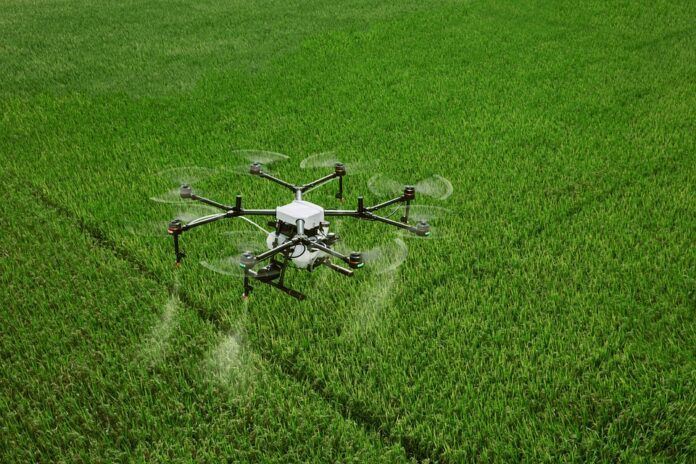Fifty-eight aviation stakeholders have been named members of the FAA’s unmanned aircraft systems (UAS) Detection and Mitigation Systems Aviation Rulemaking Committee. Established last March, the committee is tasked with ensuring that “new technologies designed to detect and mitigate risks from errant or hostile UAS do not adversely impact the safe and efficient operation of the nation’s airspace.” According to the committee’s charter, the members (PDF) were selected based their familiarity with aircraft technology and operations, the national airspace system and aviation infrastructure, UAS detection and mitigation technology and operations, and existing FAA regulations and standards.
“The FAA understands the potential risk posed by drones in the hands of unwelcome actors and we want to involve the entire industry in finding and using safe solutions,” said FAA Acting Associate Administrator for Security and Hazardous Materials Safety Tonya Coultas.
The UAS Detection and Mitigation Systems Aviation Rulemaking Committee is expected to begin work later this month. The committee will be co-chaired by Association for Uncrewed Vehicle Systems International (AUVSI) executive vice president Michael Robbins, Airports Council International-North America executive vice president Matt Cornelius and FAA Acting Executive Director of UAS Security Abigail Smith. A final report is slated to be published in early 2024.




































Noisy little buggers, they are. Should first test on a large scale to see how the general public accepts these drones flying over their heads (and sometimes crashing and causing fires/damage) and THEN begin your “rulemaking”.
Grab your popcorn and prepare for an action-packed adventure of nodding heads, meaningless debates, and an overwhelming sense of déjà vu. Will we ever break free from this cycle? Only time (and more meetings) will tell!
Amen … Paul’s silent cartoon, V2.0, Raf. They’ve been working on unleaded fuel for HOW long? This oughta really befuddle ’em all.
👍
The only people who will be inconvenienced by all of this is radio-control modelers who just want to emulate full-scale aviation at their local flying field. Bad actors aren’t going to abide by any rules.
This whole situation is government overreach and a one size fits all but doesn’t work solution. Unfortunately the AMA (Academy of Model Aeronautics) thought the FAA were good guys who were working with them in the best interests of modelers. Despite myself and others warning them many times to be careful they didn’t heed the message and the radio control airplane/glider/helicopter hobby is on the verge of being destroyed. The EAA got involved at the last minute and lessoned some of the blow but it is still fairly devastating to the hobby industry. Combination of the security freaks who see a terrorist in everything and the commercial drone people who want everything out of their airspace. We as GA pilots have to be on guard, when the below 400′ airspace is not enough they will be coming after Class G and possibly more. Money talks in this case. The FAA didn’t differentiate between line of sight flying which is what most radio control vehicles are and either autonomous or FPV which most “drones” are. The result is simple, go fly your RC plane at a school yard and you are breaking federal law. If you have a pilots license you are in jeopardy of losing it for just having some simple fun. Now you must fly at a “designated” sight which will come with all the fun of club rules, fees and so on. EAA recognized the danger to late for modelers. Hopefully they will stave off the threat to GA.